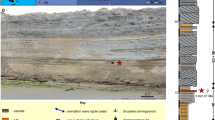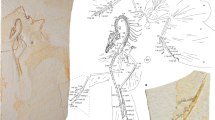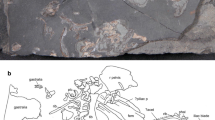Abstract
Limusaurus is a remarkable herbivorous ceratosaur unique among theropods in having digits II, III and IV, with only a small metacarpal vestige of digit I. This raises interesting questions regarding the controversial identity of avian wing digits. The early tetanuran ancestors of birds had tridactyl hands with digital morphologies corresponding to digits I, II & III of other dinosaurs. In bird embryos, however, the pattern of cartilage formation indicates that their digits develop from positions that become digits II, III, & IV in other amniotes. Limusaurus has been argued to provide evidence that the digits of tetanurans, currently considered to be I, II and III, may actually be digits II, III, & IV, thus explaining the embryological position of bird wing digits. However, morphology and gene expression of the anterior bird wing digit specifically resemble digit I, not II, of other amniotes. We argue that digit I loss in Limusaurus is derived and thus irrelevant to understanding the development of the bird wing.
Similar content being viewed by others
Article PDF
Author information
Authors and Affiliations
Corresponding author
Rights and permissions
About this article
Cite this article
Vargas, A., Wagner, G. & Gauthier, J. Limusaurus and bird digit identity. Nat Prec (2009). https://doi.org/10.1038/npre.2009.3828.1
Received:
Accepted:
Published:
DOI: https://doi.org/10.1038/npre.2009.3828.1
Keywords
This article is cited by
-
Evidence against tetrapod-wide digit identities and for a limited frame shift in bird wings
Nature Communications (2019)



